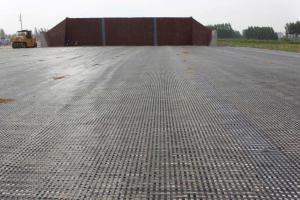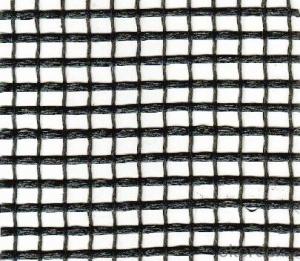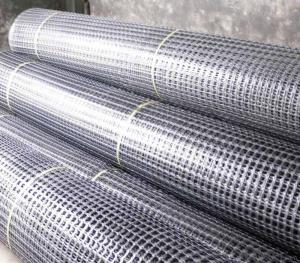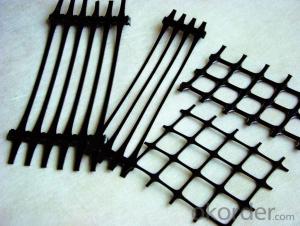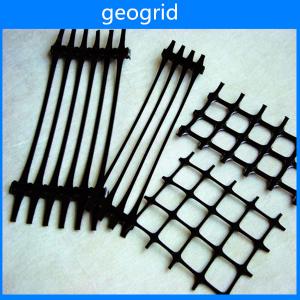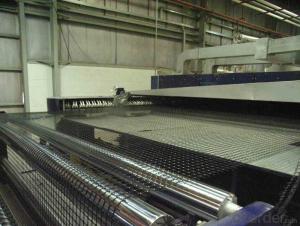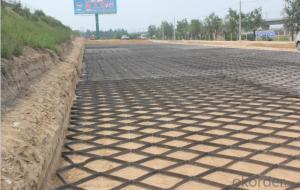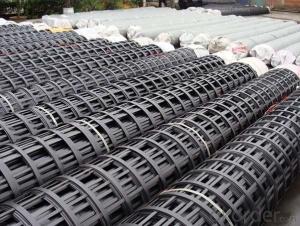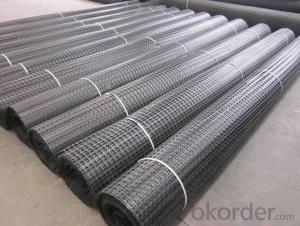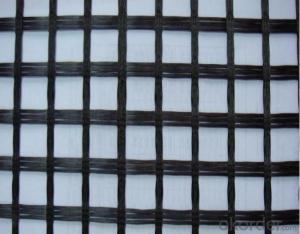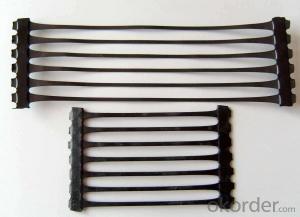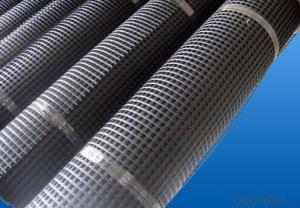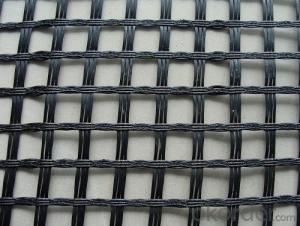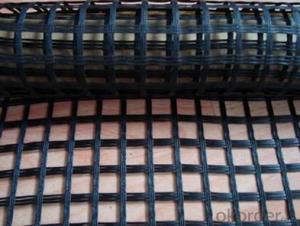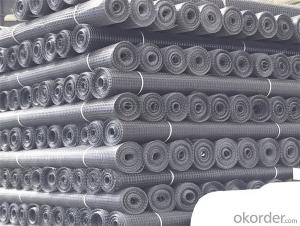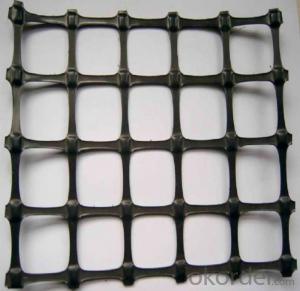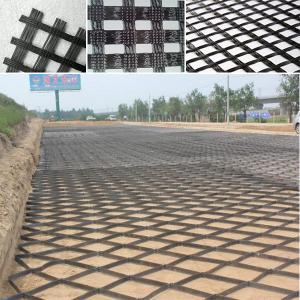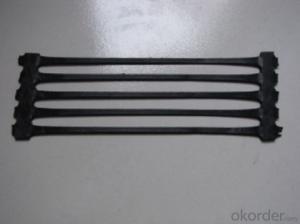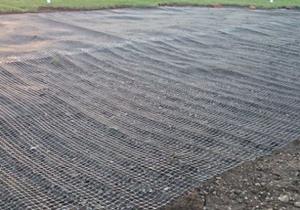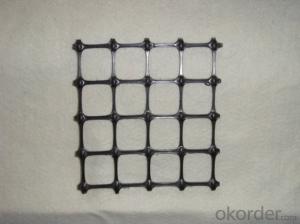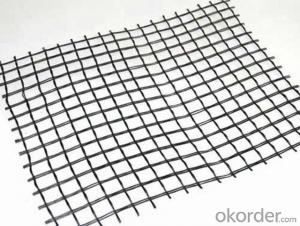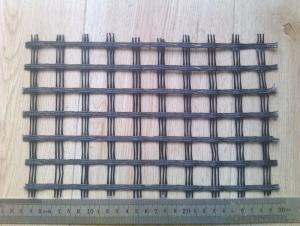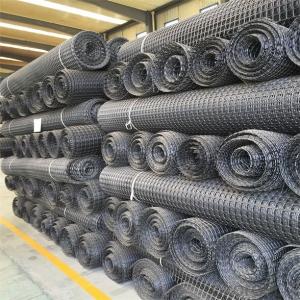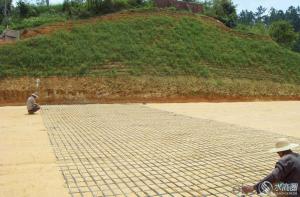Base Stabilization Geogrid
Base Stabilization Geogrid Related Searches
Geogrid Stabilization Geogrid Ground Stabilisation Geogrid Slope Stabilization Geogrid Subgrade Stabilization Geogrid For Soil Stabilization Geogrid For Road Stabilization Geogrid Base Reinforcement Geogrid Placement Geogrid Stiffness Slope Reinforcement Geogrid Structural Geogrid Synthetic Geogrid Road Base Geogrid Geogrid-Reinforced-Soil Geogrid Reinforced Slope Composite Geogrid Geogrid Road Base Geogrid Pavement Reinforcement Erosion Control Geogrid Geogrid On Slope Geogrid Reinforced Foundation Geogrid Reinforced Soil Geogrid Strength Bonded Geogrid Basalt Geogrid Bidirectional Geogrid Geogrid Asphalt Reinforcement Multiaxial Geogrid Geogrid Pavement Geogrid Paver BaseBase Stabilization Geogrid Supplier & Manufacturer from China
Base Stabilization Geogrid is a type of geosynthetic product designed to provide reinforcement and stabilization to various civil engineering projects. These products are made from high-strength polymers and are engineered to enhance the load-bearing capacity of soil, making them ideal for applications such as road construction, railway embankments, and retaining walls.Base Stabilization Geogrid is widely used in a variety of scenarios where soil stabilization and reinforcement are required. It is particularly effective in projects involving the construction of roads, highways, and airport runways, where the geogrid helps to distribute the load evenly across the soil, preventing subsidence and improving the overall structural integrity. Additionally, it is used in slope protection, erosion control, and the reinforcement of retaining walls, making it a versatile solution for numerous civil engineering challenges.
Okorder.com is a leading wholesale supplier of Base Stabilization Geogrid, offering a vast inventory of high-quality products to cater to the needs of various industries. With a strong commitment to customer satisfaction, Okorder.com ensures that their geogrid products meet the highest standards of durability and performance, making them a reliable choice for professionals in the field of civil engineering and construction.
Hot Products
